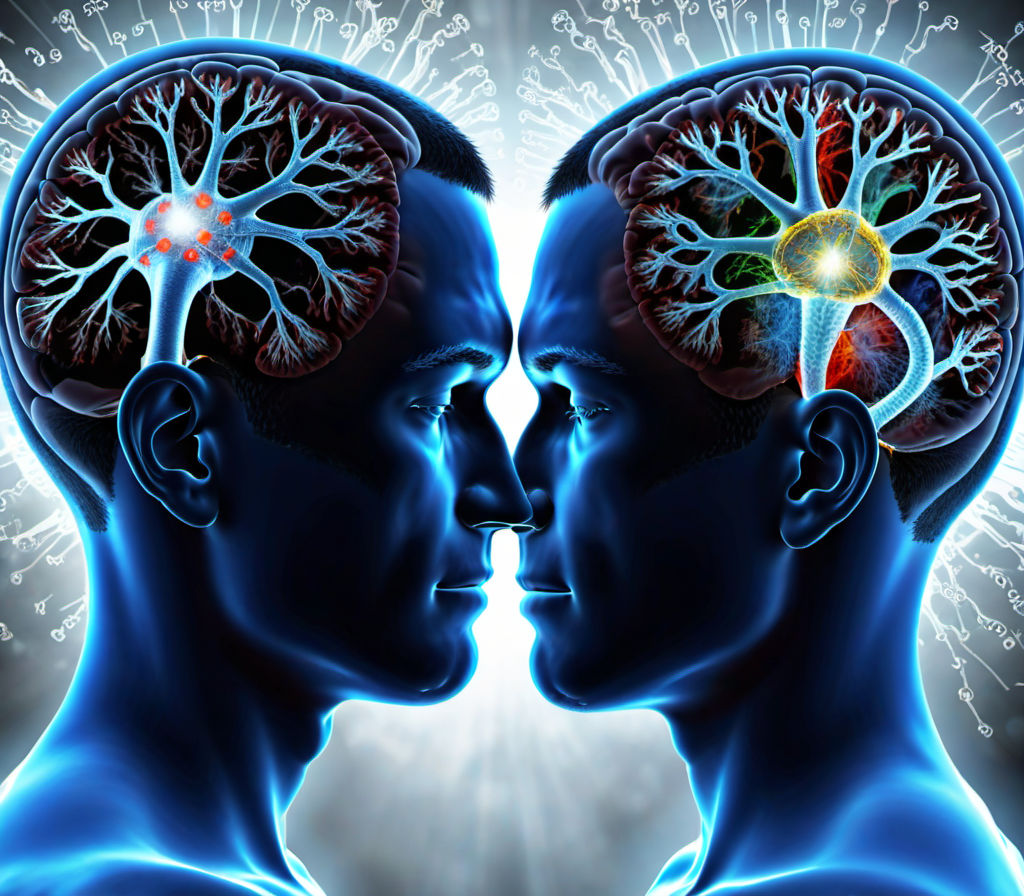This post was generated by an LLM
A twin study published in Translational Psychiatry challenges the assumption that sensory processing differences in autism are directly caused by the condition itself, proposing instead that these traits may stem from alexithymia, a trait characterized by difficulty identifying and describing emotions. The research, conducted using data from the Twins Early Development Study in the UK, analyzed 207 twin pairs and employed bivariate twin modeling to disentangle genetic and environmental influences on autism, sensory symptoms, and alexithymia. Key findings include:
- Genetic Link Disappearance: After accounting for alexithymia, the genetic association between autism and sensory symptoms (e.g., hypersensitivity to sounds, textures, or visual stimuli) was no longer significant. This suggests that sensory challenges may be genetically mediated through alexithymia rather than being intrinsic to autism [1].
- Heritability Estimates: Autism itself showed high heritability (82%), while alexithymia exhibited even higher heritability (84%). Sensory symptoms had moderate heritability (57%), but this was entirely explained by alexithymia when modeled jointly with autism [1].
- Alexithymia as a Transdiagnostic Factor: The study highlights alexithymia’s role as a transdiagnostic trait, contributing to sensory and emotional processing difficulties across multiple mental health conditions, including anxiety, depression, and eating disorders [1].
Limitations of the study include reliance on parent-reported measures of sensory symptoms and alexithymia, which may introduce bias, and the exclusion of data from families with incomplete information. Additionally, the study focused on a single dimension of alexithymia (difficulty identifying emotions) and did not test bidirectional causal relationships between alexithymia and autism [1].
The findings have significant implications for understanding autism’s diagnostic criteria and clinical interventions. If sensory symptoms are primarily linked to alexithymia, this could shift therapeutic priorities toward addressing emotional processing difficulties rather than focusing solely on sensory accommodations. The study also underscores the need for interdisciplinary research integrating neuroscience, genetics, and psychology to refine models of autism and related traits.
Other recent research cited in the context further expands on these themes, including studies on whole-body movement play to improve self-control in autistic children, robot-assisted therapy for social communication, and AI algorithms detecting autism through subtle hand motion patterns. These advancements highlight a growing emphasis on multimodal approaches to autism research, with alexithymia emerging as a critical factor in both sensory and emotional processing challenges [1].
Sensory issues in autism may stem from co-occurring emotional blindness, not autism itself
Sensory issues in autism may stem from co-occurring emotional blindness, not autism itself
This post has been uploaded to share ideas an explanations to questions I might have, relating to no specific topics in particular. It may not be factually accurate and I may not endorse or agree with the topic or explanation – please contact me if you would like any content taken down and I will comply to all reasonable requests made in good faith.
– Dan

Leave a Reply